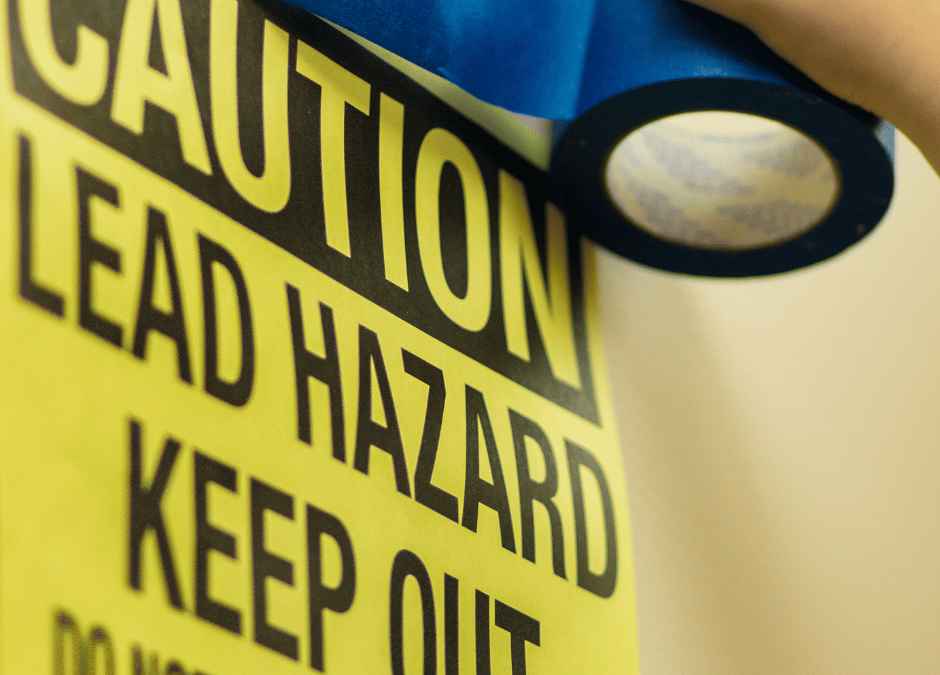Lead-based paints have been used for many years, made popular for its durability but also its affordability. Lead was used to pigment the products and was also used as a drying agent. It was used widely within residential and commercial properties alike for woodwork (such as window and door frames) but also on metal too (such as radiators).
This was until lead-based paints were banned from general public sale in 1992 (except for in some specialist use cases) due to the health implications that were uncovered. If your property was built or renovated prior to 1992, there is a chance that lead paint was used. If you are planning further renovations or removal of lead paint, you must address this correctly to avoid any health complications.
The dangers of lead paint
Exposure to lead can occur from lead-based paint and the dangers of such exposure are well documented.
Adults exposed to lead paint or any other lead-based products can experience a range of symptoms including (but not limited to) high blood pressure, headaches, fatigue, memory loss or diminished motor skills. The level of exposure will affect the strength of symptoms but short-term exposure can still be harmful.
It should be noted that if your property contains lead paint which is in good condition, it may not pose an immediate risk to health. However, during renovations, small microscopic dust particles of lead paint can be inhaled or ingested, which becomes much more dangerous.
How to identify lead-based paint
Although it is not possible to determine for certain if the paint in your property contains lead using the naked eye, there are a few factors which suggest lead may have been used. Firstly, the age of the paint is a large indicator of its makeup. Any paint that was applied before the banning in 1992 could contain lead in some quantity. If the paint is thick, this also could indicate that multiple layers of paint have been used on the area and therefore lead-based paints may have been concealed. Finally, if the paint leaves a chalky residue when rubbed, this could also indicate lead content.
Professional lead paint tests
As lead paint is hard to diagnose, it is best to enlist the help of a professional company to ensure that you are fully aware of the extent and type of lead within your property. According to The Construction (Design and Management) regulations and The Control of Lead at Work Regulations, lead surveys are required before any scheduled maintenance, refurbishments or demolitions (be it full or in part) take place. Be it a residential or commercial property, it is always best practice to seek professional help and advice to limit the risks of lead exposure.
Book your lead paint survey today
If you suspect your property contains lead-based paint, book a lead survey with us today. Our experts have years of experience and can offer professional and reliable advice. Call us directly or visit the page below for more information.

